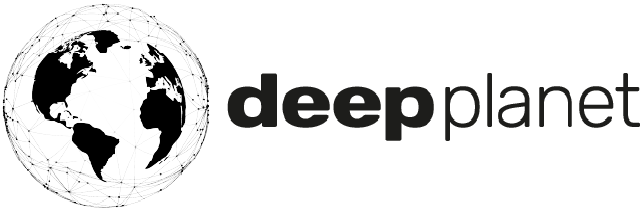How to assess the impact of frost in vineyards using AI
Frost at bud break is one of winegrowers’ worst nightmares. At best, vines affected by frost produce smaller bunches and lower yields and at worst, frost can wipe out up to 100 percent of the crop. The start of the 2022 vintage has been quite turbulent in the Northern hemisphere, with winegrowing regions from France to California and Oregon reporting devastating frost events.
Assessing frost damage
The status quo
Some vineyards, where frost is a fairly regular occurrence, have various methods to prevent frost damage. These include frost candles, frost fans, heating wires that automatically turn on below a certain temperature, and turning on sprinklers to cover the vines in ice (sounds counterintuitive, but seems to work and looks magical!).
However, areas that are warmer and where frosts are historically uncommon are not prepared for frost and when it does happen, growers are left to the mercy of things they can’t control and to deal with any consequences. The first step in this is to assess the extent of damage that the vineyard has suffered.
The industry standard for assessing frost damage hasn’t changed for decades. It essentially involves the viticulturist or the winegrower making observations in the field. The impact of frost can be immediately visible with shoots turning brown and shrivelling. However, frost damage can sometimes not be immediately visible - it will look like the vines are doing alright but in reality they have lost vigor and problems become more apparent later in the season. There is also no way of understanding the effect of frost damage on crop estimates until later in the season (unless it’s an obvious loss of everything…) at which point it becomes more difficult and stressful to try to mitigate these effects. The inability to quantify frost damage and to show it on paper has also made it very difficult to make any insurance claims or to qualify for public subsidies designed to soften the blow for producers losing production. So all in all, when frost takes place grape growers are left to keep their fingers crossed and to wait and see.
A screenshot from VineSignal platform showing decline in vine vigor in the areas of the vineyard that were affected by frost
A new approach to frost damage analysis
Artificial intelligence can be used to assess frost damage where it’s not immediately visible and to be able to predict its effect on yield and harvest date. This approach involves using satellite imagery and data from local weather stations and analysing these with machine learning algorithms. Machine learning is a powerful predictive tool, so where in the past growers had to ‘wait and see’, it gives them the insights earlier in the season in order to adjust plans and take direct action. The frost damage analysis feature of Deep Planet’s VineSignal platform is state-of-the-art technology, giving actionable insights to grape growers that traditional methods do not provide. It can effectively detect the leaf damage areas with detailed spatial resolution. It analyzes dynamic change in NDVI within and between seasons to detect anomalous reduction in vigor and incorporates info on frost in its weekly yield prediction model for accurate crop estimation throughout the season.
Benefits of using AI to analyze frost damage
Benefits for growers and viticulturists
Where frost impact is not immediately visible, using VineSignal’s frost damage analysis tool allows grape growers and viticulturists to be ahead of the game. This minimizes the risk of unpleasant surprises post-frost and allows them to tend to damaged vines even before the damage becomes visible.
For growers and viticulturists that are overseeing hundreds of acres/hectares of vineyards, this also makes their work more efficient. It takes weeks to physically visit every vineyard, which are usually located far from each other, and make in person assessments. The use of automated frost analysis significantly reduces this time, making the process less stressful.
Benefits for wineries
Given the huge effect that frost can have on yield, it is very important for wineries to understand the extent of crop loss expected in the vineyards where they get their grapes from. There are no conventional ways of assessing the impact of early season frost on crop estimates until later in the season. Machine learning and AI help to address this challenge by giving the ability to understand the effect of frost on grape yield earlier in the season. This is important for planning winery intake and filling in any gaps that might have been created.
Benefits for regional bodies and industry associations
When a winegrowing region is hit by frost, the regional associations representing growers in that area then undertake the task of helping their growers assess the impact of frost. This is not an easy task. Given the consequences that frost damage can have on growers, the associations need to act quickly and provide as accurate assessments as possible. Conventional methods of assessment by in person observations support neither of these key needs.
Using a hands-off approach that utilizes the power of AI, such as Deep Planet’s automated frost damage detection tool, helps industry associations address these challenges and become more effective in supporting their growers in the aftermath of early season frost. Regional bodies can use these insights in providing agronomy support to their growers, as well as in helping them make any insurance claims.
How can I try automated frost damage analysis for my vineyard?
To get a feel for what this groundbreaking technology could mean for your vineyard operations, you can trial the technology on all or part of your vineyard in this growing season. Just drop us a line using the button below and we’ll be in touch!


